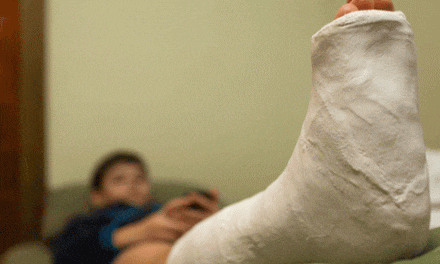A recent study suggests that vagus nerve stimulation (VNS) may have potential for helping to reduce impairments among stroke patients.
During VNS, a mild electric pulse is sent through the vagus nerve in the neck, and sends information about the state of the body to the brain and encourages it to reorganize. It has been FDA approved as a treatment for certain illnesses such as depression and epilepsy, explains a media release from University of Texas at Dallas.
With this current study, published in the journal Stroke, the procedure is being examined as a treatment for stroke.
Researchers from the University of Texas at Dallas placed 20 stroke patients with arm weakness into two groups: one who received only rehabilitation therapy, and one who received rehabilitation therapy as well as VNS. Both groups received their respective therapies for 6 weeks.
The group that only received rehabilitation improved by an average of three points on the Fugl-Meyer assessment scale, which measures recovery in stroke patients. The group that received rehabilitation and the VNS experimental treatment improved by an average of nine points, the release explains.
While specific results varied among the patients, several who received VNS reported greater motion and strength in their stroke-affected arms, the release adds.
“This study demonstrates that vagus nerve stimulation appears to improve the recovery that stroke patients make,” says the study’s co-author, Michael Kilgard, PhD, professor of neuroscience at University of Texas at Dallas.
“VNS is triggered on successful movements to solidify gains that are made during physical therapy,” he adds.
Study co-author Robert Rennaker, PhD, Texas Instruments Distinguished Chair in Bioengineering, director of the Texas Biomedical Device Center, and chairman of the Department of Bioengineering, states, “We already have seen a number of benefits from vagus nerve stimulation for other conditions. We hope that we ultimately will see such success for stroke patients.”
[Source(s): University of Texas at Dallas, Science Daily]





